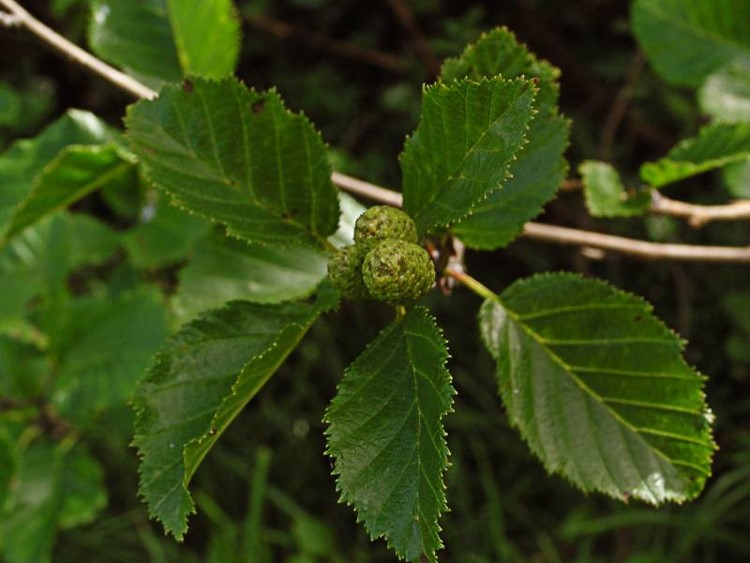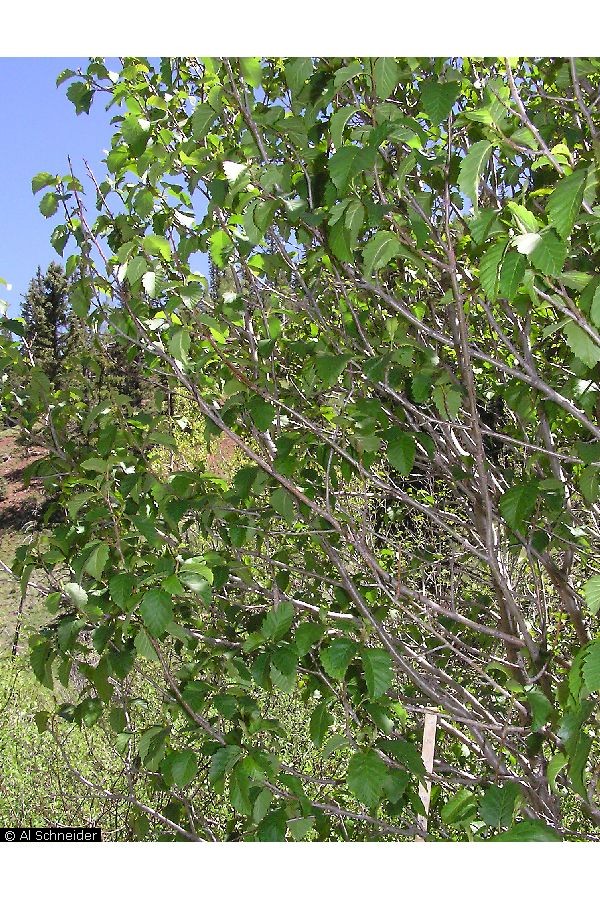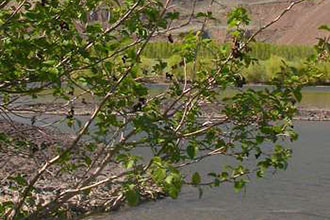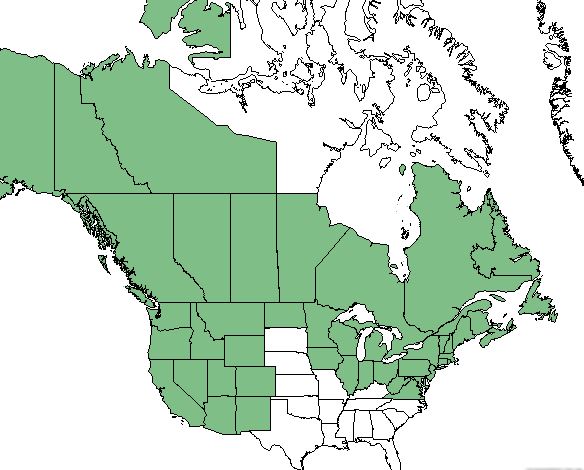Taxonomy: Kingdom - Plantae (plants). Subkingdom - Tracheobionta (vascular plants). Superdivision - Spermatophyta (seed plants). Division - Magnoliophyta ( Flowering plants). Class - Magnoliopsida. Order - Fagales. Family - Betulaceae (Birch family). Genus -Alnus Mill. Species - Alnus incana (L.) Moench
Ecology: Alnus incana is a light-demanding, fast-growing tree that grows well on poorer soils.it does not require moist soil, and will also colonize screes and shallow stony slopes.It is sometimes used for afforestation on non-fertile soils which it enriches by means of nitrogen fixing bacteria in its root nodules.



